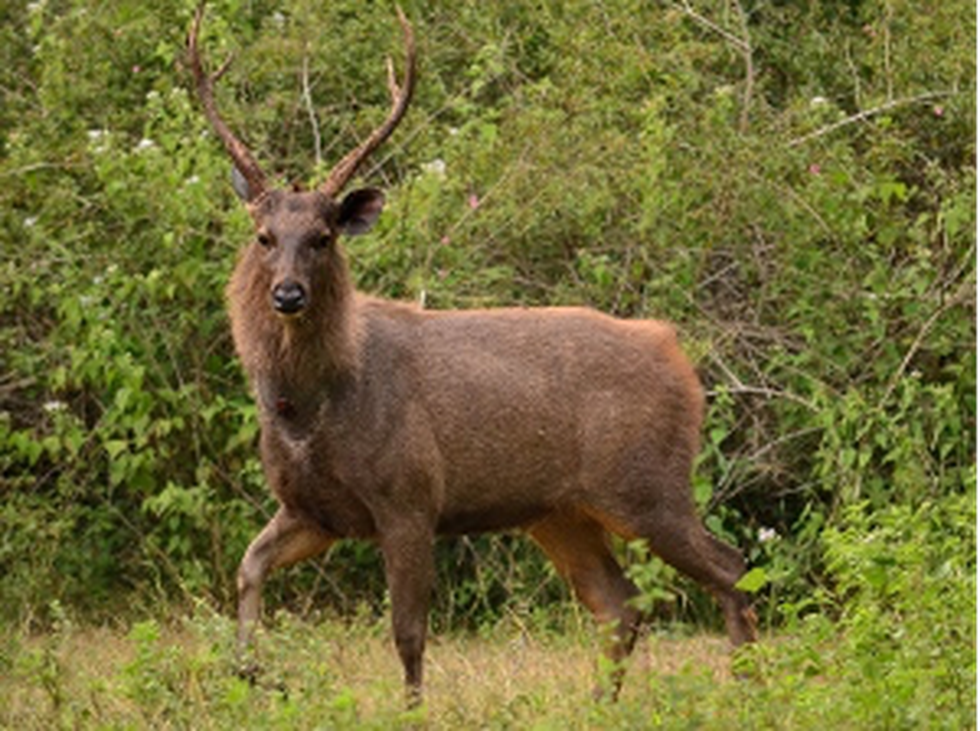Why in the news?
- The Union Territory of Chandigarh Forest and Wildlife Department has declared its 2.0 to 2.75 km area as ESZ of the sanctuary, it expects a similar area of ESZ from Haryana and Punjab.
- Although the two states have only agreed to declare merely 100 metres of their area as ESZ, their proposals are pending before the Ministry of Environment, Forest and Climate Change (MoEFCC).
- Supreme Court ruled that each national park and wildlife sanctuary must have an eco-sensitive zone (ESZ) of a minimum of 1 km, measured from the demarcated boundary of such protected forest.
About Sukhna wildlife sanctuary
- It is located in the Chandigarh Union Territory.
- It forms the part of Sukhna Lake catchment area falling in Shivalik hills.
- Fauna: Sambar deer, Barking deer, and wild boar, as well as several species of birds, reptiles, and amphibians.
- Flora: The sanctuary is characterized by a mix of forests, grasslands, and wetlands, with the Sukhna Lake forming an important part of the ecosystem.
Key Facts about Shivalik Hills
- It is also called Siwalik Range or Outer Himalayas.
- It extends for more than 1,000 miles (1,600 km).
- It has an average elevation of 3,000 to 4,000 feet (900 to 1,200 metres).
- It rises abruptly from the plain of the Indus and Ganges (Ganga) rivers (south) and parallels the main range of the Himalayas (north), from which it is separated by valleys.
